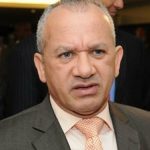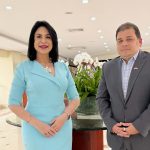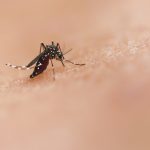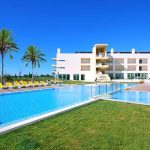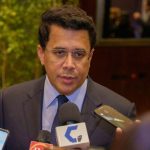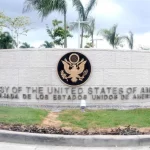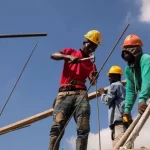Three days after the Dominican Republic Tourism Plan, workers will remain “in suspense”
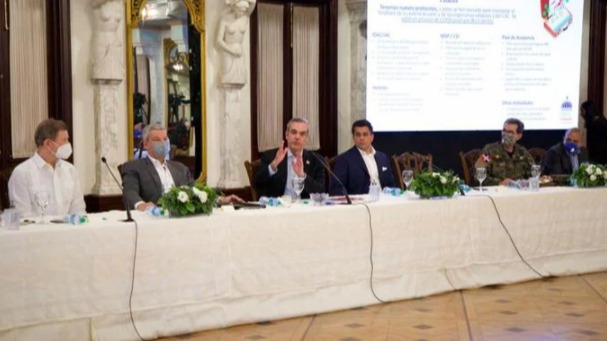
On September 15, the plan of the Ministry of Tourism and the Presidency will take effect to reactivate this important sector of the national economy.
Santo Domingo, DR
In three days the implementation of the new plan to relaunch tourism in the Dominican Republic announced by President Luis Abinader and Minister David Collado will begin. The objective is to give hope that the situation improves, but those who will continue to wait to return to their jobs are the hotel employees.
Paola Rainieri, president of the National Association of Hotels and Tourism of the Dominican Republic (Asonahores), is still not very clear when these people will begin to return to work since this depends on the tourists who arrive at the hotels. However, the hope is that for the high season (November-March) the country will continue to return to normal with the arrival of more tourists.
By September 15, according to the head of Asonahores, only 8% of the hotels in the country will continue to operate, which leaves very little signal. Employees of hotels in tourist areas will be saved by a comprehensive plan that could be developed between Asonahores and the ministries of Tourism, Health, Foreign Relations, and Labor.
Just yesterday, the representative of the hoteliers had a meeting at the Ministry of Labor. When speaking with Listín Diario, she regrets that “the number of employees will depend on the number of tourists.” Hotels, therefore, are operating with minimal staff, compared to what was in place before the pandemic.
However, despite the call made this Friday by President Abinader, that all hotels be reopened by October 1, the reality is different. If tourists do not arrive, even if the hotel chains remain open, they will not be able to sustain themselves.
About two hours before Abinader made the call to the hotels, Rainieri had told Listín Diario that some hotels would open in November or even in the first quarter of next year.
“Many do not plan to open this year. We have to work to make that change, if the tourists do not arrive there are no rooms. The situation is difficult, but there are people who have already left their paid vacations who can change their destination and we have to make sure they can come to the Dominican Republic,” Rainieri said.
The owner of Asonahores, during the conversation, emphasized on more than one occasion that the actors in the sector should make a greater effort to relaunch tourism.
Support for the local
In this regard, Rainieri comments that it will try to open as many rooms as possible, so it is likely that by next month the figure that 92% of hotels remain closed will begin to decrease.
The agricultural sector would also begin to have more hope since according to Rainieri, hoteliers are giving more support to local products than to imports, adding that the industry without chimneys will continue to supply itself under any circumstance from the local market.
Preparation
This past Friday, President Abinader met again with the actors of the sector, among which were members of Asonahores, the Minister of Tourism, David Collado, and the representatives of the Ministries of Health, Foreign Affairs, and others.
The president valued that there are already 1,176 flights booked to reach the Dominican Republic, while Collado stressed that from this date until December about 9,000 seats are being guaranteed and that 50% will be covered by this ministry and 50% by the sector business.
The routes
Collado added that the Dominican Republic is the country with the best tourist offer and that with the theme of the attractions of the flights the arrival of tourists will increase, which in July of this year was 54,000 and in August 50,000.
On September 15, the plan of the Ministry of Tourism and the Presidency comes into effect, in which it is intended that the country has an advantage over its competitors abroad that if something happens they will take care of the clinic and the medicines. That is a competitive advantage over other countries.
PROTOCOL
Airports.
Luis José López, the spokesman for Aerodom, reported that the thermal cameras have been installed and working since the reopening of the borders, although they are in the process of coordination with the authorities.
“The only change that the new protocol establishes versus the previous one is that rapid tests will no longer be performed on 100% of passengers, but random tests,” he added.


